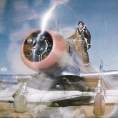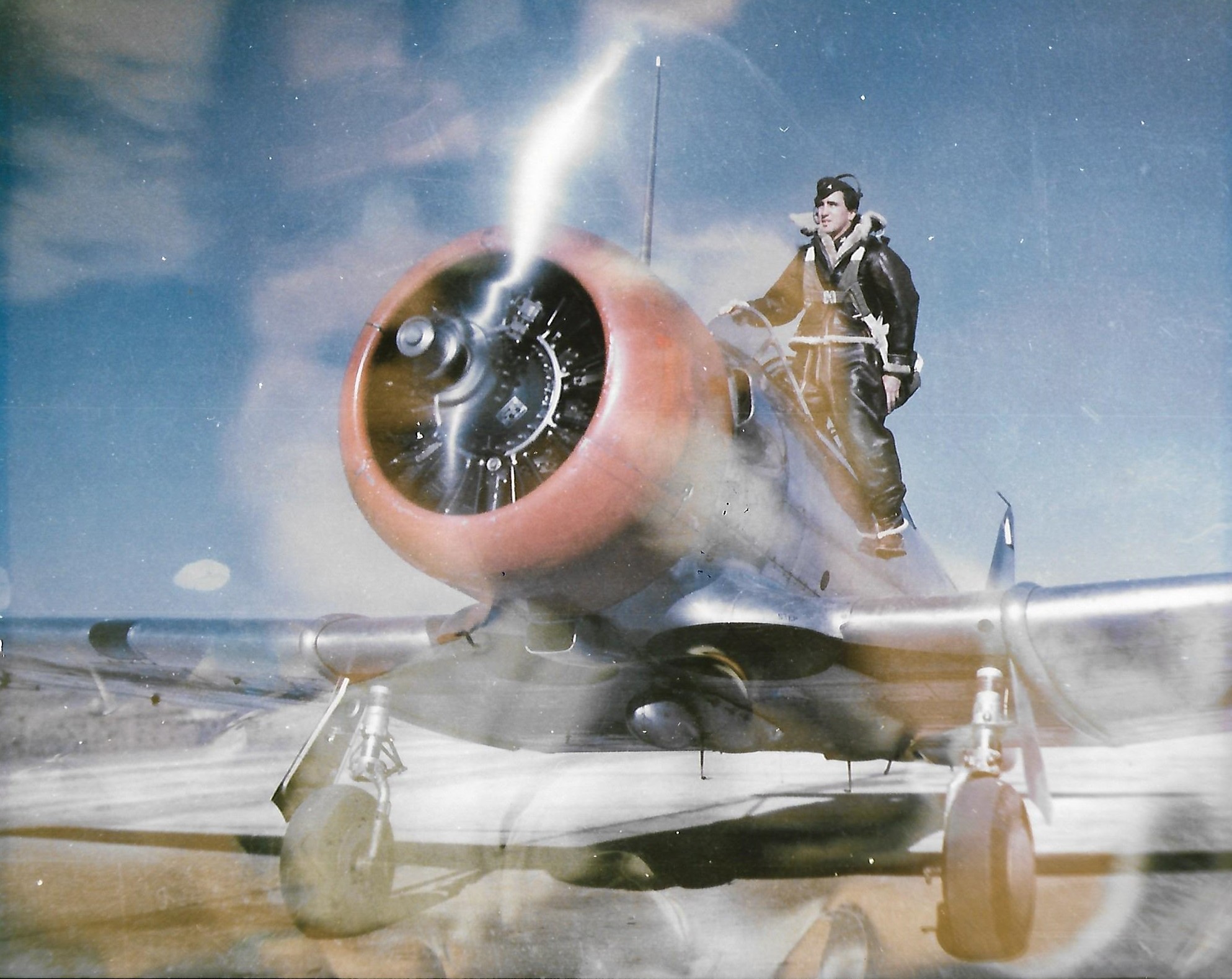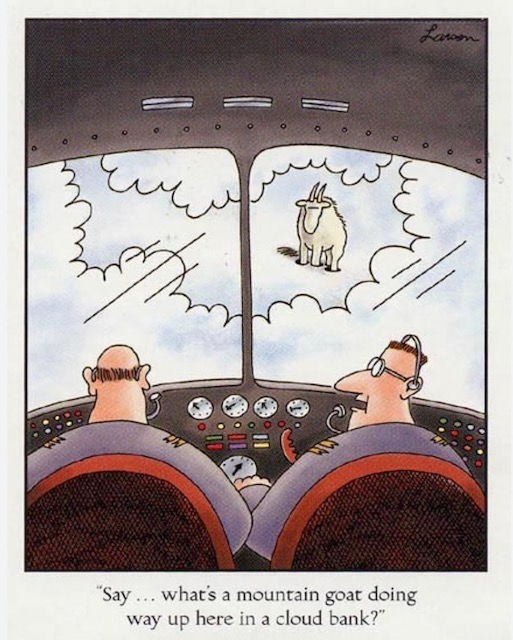-
Posts
3,811 -
Joined
-
Last visited
-
Days Won
25
Content Type
Profiles
Forums
Blogs
Gallery
Downloads
Media Demo
Events
Everything posted by GeeBee
-
The "Flap Asymmetry" vs "Jammed Flaps" checklist on the 767 can often be confused if the crew does not carefully and properly use the checklist to diagnose what is going on so I get that the company tells them to "land with what you got" rather than risk further damage by running the wrong checklist. The sad thing is most flap problems on the 767 can be fixed fixed by activating the alternate flap system then turning it off and it usually straightens out, but the FAA made crews stop doing that as it was not "Boeing Approved". I had an asymmetry trip going in to Paris DeGaulle and as luck would have it, I had the FAA on board. I went into holding, and we started the checklist. The moment the F/O pressed the alternate flap with, the message cleared. We turned the switch off and deployed the flaps normally. After landing the FAA guy said, "You're really not supposed to do that". I reached in my bag, pulled out the bulletin and said, "No, it says we are not permitted to cycle the switch on, then off to clear the warning. The warning went away when I turn the switch on, we did not complete the cycle to off." He smiled and said, "Yep, you're right!"
-
Had to be something different than just hydraulic failure because the flaps can deployed electrically if the hydraulics fail. The flaps and landing gear come off the center system hydraulics. The flaps are actually mechanically driven by shafts and jack screws by a single hydraulic motor which has an electric motor back up (which is very sloooow). More likely it was a flap asymmetry trip.
-
Yes
-
At least 8 preferably 12. You need a strong and lengthy stream to clear the sump, IOW creating a current in the tank around the valve to suck in contaminants and clear the valve O-rings of debris. Most sump O-rings wear and fail because they get crud under them from in-adequate flushing.
-
4 ounces is not enough fuel out of a sump IMHO.
-
Very Cool! I can think of no more deserving winner than you!
-
You must have met my step son
-
Then of course you get into the "light bulb in refrigerator". How do you know your alarm is working? I can think of two accidents where the Takeoff warning either failed, or was disabled and not reset. Don't get me wrong, I love my LHS, but it lacks BITE. You don't know if it will work or not. There is no substitute for operational discipline.
-
A while back I had the dealer replace the rear tires on my car. The tires are Goodyear run flats, made in Germany and difficult for most tire shops to procure, but the dealer always has them in stock. My car is pulled around and after a cursory check and verifying lugs are secure. I depart. I get a quarter mile down the road and the low pressure sensor activates. Left rear. I take it back and they air it up and my service advisor apologizes profusely. I said, "See you tomorrow". He looks at me confused and I said, "I am sure he aired it up, that is not the problem." Next day I am back. Upon further investigation they visually find a defect in the bead on the tire causing a slow leak. German car, German tires, factory trained mechanic. It is not just GA.
-
It is axiomatic. The most dangerous airplane in the world is the one that just has work performed. Especially if it involves assembly or disassembly of controls either airframe or engine. I just was reviewing an accident in Spain where an Embraer 190 nearly crashed because the ailerons were routed backwards. Being a highly electronic airplane the ECAM said, "FLT CNTRL NO DISPATCH". The mechanics could not get the message to clear, so they replaced all 4 computers and the message cleared, (no memory) and the airplane went on line. In another case I know of a mechanic mis-assembled the control rod to the trim tab on a DC-8 and it crashed near Sacramento killing all three crew members. So the problem is not limited to GA. It just seems that way because there is less inspection function. Then of course we had that Navajo in NC that crashed after the paint shop, due to trim tab mis-rigging. Always look at the work performed, before they close it up...if you can. If it involves control work on the controls, review carefully the work, the manual and the inspection of the work. When I have work performed, like my recent tank re-seal, I will often call my regular IA and pick his brain on a proper pre-flight and functional check before flight. You need to think ahead of the time picking the airplane up on the proper protocols based upon the work done. I used to have to do functional check flights on 737NGs after they replaced the elevators due to an AD. I was a real PIA because I would make the people who actually did the work and inspect the work sit down with me and review their work cards. Then we would all go to the airplane, power up the hydraulics and do a functional check per the MM with me observing. If you don't have a MM and PM to your airplane, get one. Be intimately familiar with what is going on with respect to the maintenance performed.
-

Why I don’t regret going from the Mooney to the Glasair
GeeBee replied to chriscalandro's topic in General Mooney Talk
Vso standard flaps 68 knots = Vref 88.4 knots Vso slotted flaps 63 knots = Vref 81.9 knots Vso slotted flaps and wing tip extensions 58 knots = Vref 75.4 https://glasair-owners.com/resources/glasair-specifications-and-performance/ A good Mooney comparison would be the M20T Predator. Slightly heavier, same engine, stall speed of 56 knots Vref 72.8 knots https://www.aviationconsumer.com/uncategorized/mooney-predator/ -

Why I don’t regret going from the Mooney to the Glasair
GeeBee replied to chriscalandro's topic in General Mooney Talk
FAR 23.49. The Vso of an airplane under 6000 pounds cannot be greater than 61 knots. -

Why I don’t regret going from the Mooney to the Glasair
GeeBee replied to chriscalandro's topic in General Mooney Talk
I am sure if Mooney were allowed to build an airplane without the FAR 23 limits on stall speed, theirs would go fast too. -
Your point may be valid if the job qualifications were the same. In fact, you don't need an A&P to work at an airline. My point is there is a job for A&Ps and IA's out there that pays for more, has far less overhead, responsibility and the barrier to entry is nil . Equally so, the ink can be still wet on your A&P versus a new ATP at a regional and still work for the "big boys" without barriers, in fact recruited right out of school. A&P for GA vs A&P for a large multinational airline..... the barriers to entry for the novice for the airline is nil but the pay difference and quality of life are world's apart. You really can't compare them to pilots. And yes, I pay top dollar for my car mechanic, because I want the best and done right the first time with a profound nationwide guarantee. Actually the car labor rate is way beyond most aviation shops. Which is why a stroll through most automobile dealerships have a lot of A&P mechanics going for the better rates and life, my hangar neighbor included. IA who works at a Nissan dealership.
-

M20J Intercepted in San Francisco
GeeBee replied to redbaron1982's topic in Mooney Safety & Accident Discussion
Because we don't want to have to name another airport (that you were traveling to) after a murdered president. Lived through that time, not fun and it led to even worse times (Vice Presidents are rarely equipped or ready to lead). Bad actors in the world still abound who would love to kill a US President. Price of being the big dog on the porch. -

This is interesting, a Mooney competitor maybe?
GeeBee replied to bcg's topic in General Mooney Talk
Check the payload full fuel when you equip it with FIKI. You'll find the range less than a FIKI equipped Ovation and the payload about the same. The big thing is the engine. When it runs out at TBO you have to buy a new one. Even Continental does not overhaul them. They don't quote TBO rather TBR, -

This is interesting, a Mooney competitor maybe?
GeeBee replied to bcg's topic in General Mooney Talk
I looked closely at it. With the exception of the child seat, my Ovation goes just as fast, actually can fly higher, hauls just as much, actually has better range/payload when TKS equipped and is just as capable for 1/4 the price of the Diamond. I guess if I wanted new maybe but if I could drop that kind of money I would buy a used PA-46T or TBM and have pressurization to go with that 20K service ceiling. It and the Panthera are kind of non-starters against a used Ovation or even more so, Acclaim. Then of course the issue that you cannot overhaul the engine. It is disposable, and not cheap. -
That is the one we are talking about.
-
It was more than 1 in a million. Delta had the same problem on approach to ATL. Captain Cal Beverly was at the controls. He was able to re-establish thrust. Equally so Cathay had a set of RB211s do a double flame out into Hong Kong. Double flame outs happen with more frequency than most would like to think.
-
They do build airplanes that won't stall. Airbus and the B-2 being two examples. But they did stall, one because eventually you have to put the airplane in a position for landing and two, sensors fail as the USAF and Air France can attest.
-
Use the auto throttles? Uhhh, because they had no power? GPWS pulls the nose up? That is MCAS on steroids.
-
Why? Imagine you are this crew and it pulled the nose up BA 38 at Heathrow. They had no time (well 13 seconds) to run a checklist to put the GPWS in over-ride. They barely had enough time to clear the apartment buildings. If the GPWS pulled the nose up the airplane would have crash stalled from several hundred feet.
-
Who indeed? Not too far from you..... https://www.key.aero/article/air-safety-captain-ignored-landing-gear-warnings And........
-
This is sound operating practice at least in an Ovation. I cannot speak to other models. My M20R operating manual has this warning: Takeoff maneuvers when the selected fuel tank contains less than 12 gallons (45.4 liters) of fuel have not been demonstrated. Thus if you are landing and perform a balked landing, you are in test pilot mode according to Mooney.
-
As it exists now, the problem is not the need for more warnings but what we do when we are warned. Failure to act to a warning is a symptom of poor training. The failure to promptly act to GPWS, stall and gear warnings fill volumes. You should never fail to act for instance to a GPWS or ask, "why is it going off?". Full power and point the nose to the sky, talk about it later. When the stall warn goes off, reduce the angle of attack....period. As for gear, verify the warning works, adhere to proper operational discipline, and adhere to checklist discipline. GUMP is not a checklist by the way.





